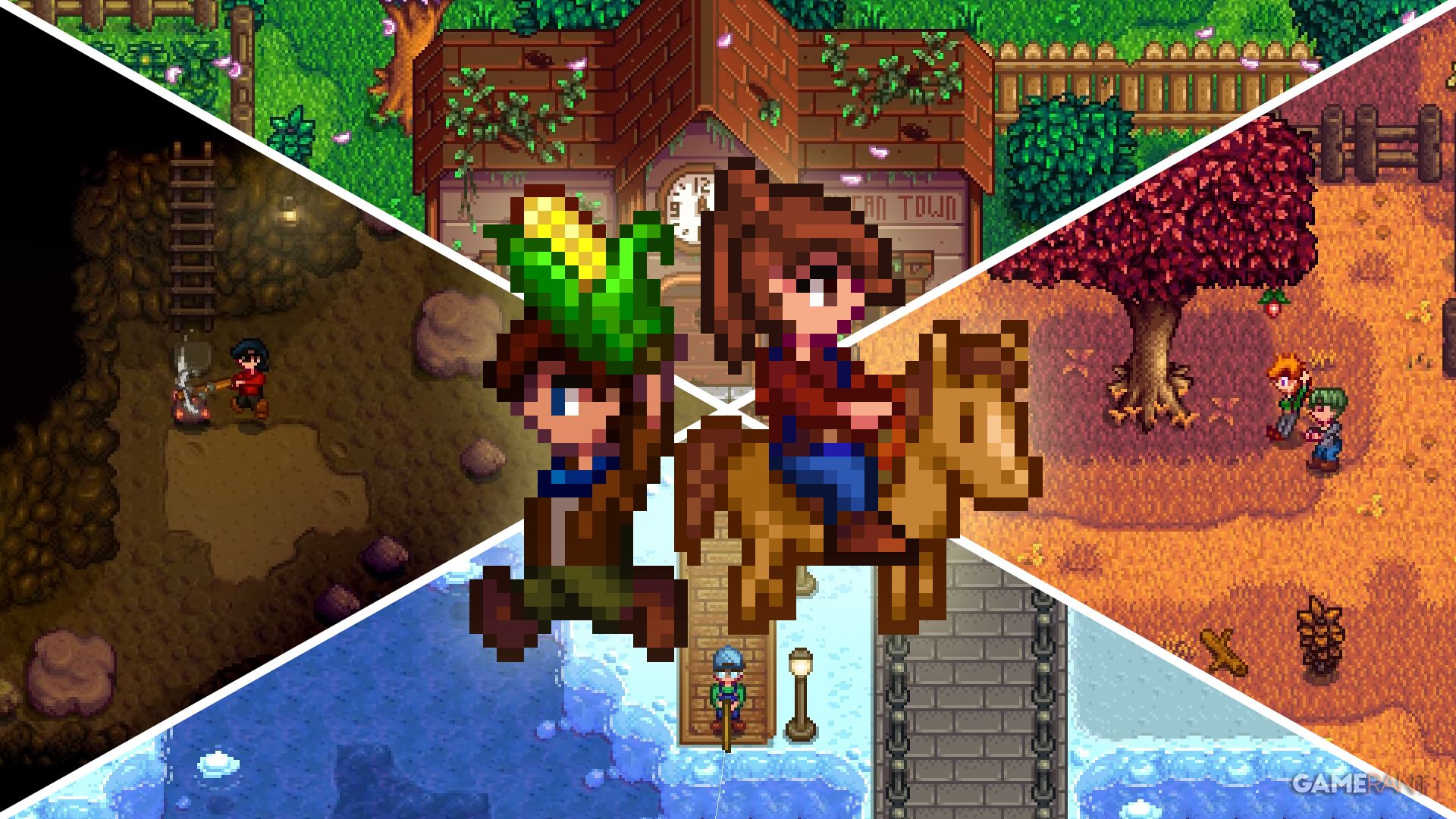
When people imagine a relaxing game, they usually picture something with a gentle pace – a chance to unwind and take a break. They might see it as a digital escape from the stresses of daily life. And games like Stardew Valley definitely provide that. Its beautiful landscapes and charming small-town setting offer a lot for players who just want to slow things down. However, that’s not always the case – at least, not for someone like me, who tends to focus on strategies, spreadsheets, and finding the most efficient way to play, even when the game is meant to be calming.
Stardew Valley is a game all about making money through trading – the more profit you earn, the more you can enjoy the game. Although you can play at your own pace, a well-planned approach will help you get the most out of your Stardew Valley experience. The key to a great playthrough starts with the effort you put in during your first year in Stardew. If you like to optimize everything or just prefer a structured approach, having a good plan from the beginning is essential. Here’s how to make your Year 1 strategy as effective as possible.
Background Logistics to Keep in Mind During Year 1 in Stardew Valley
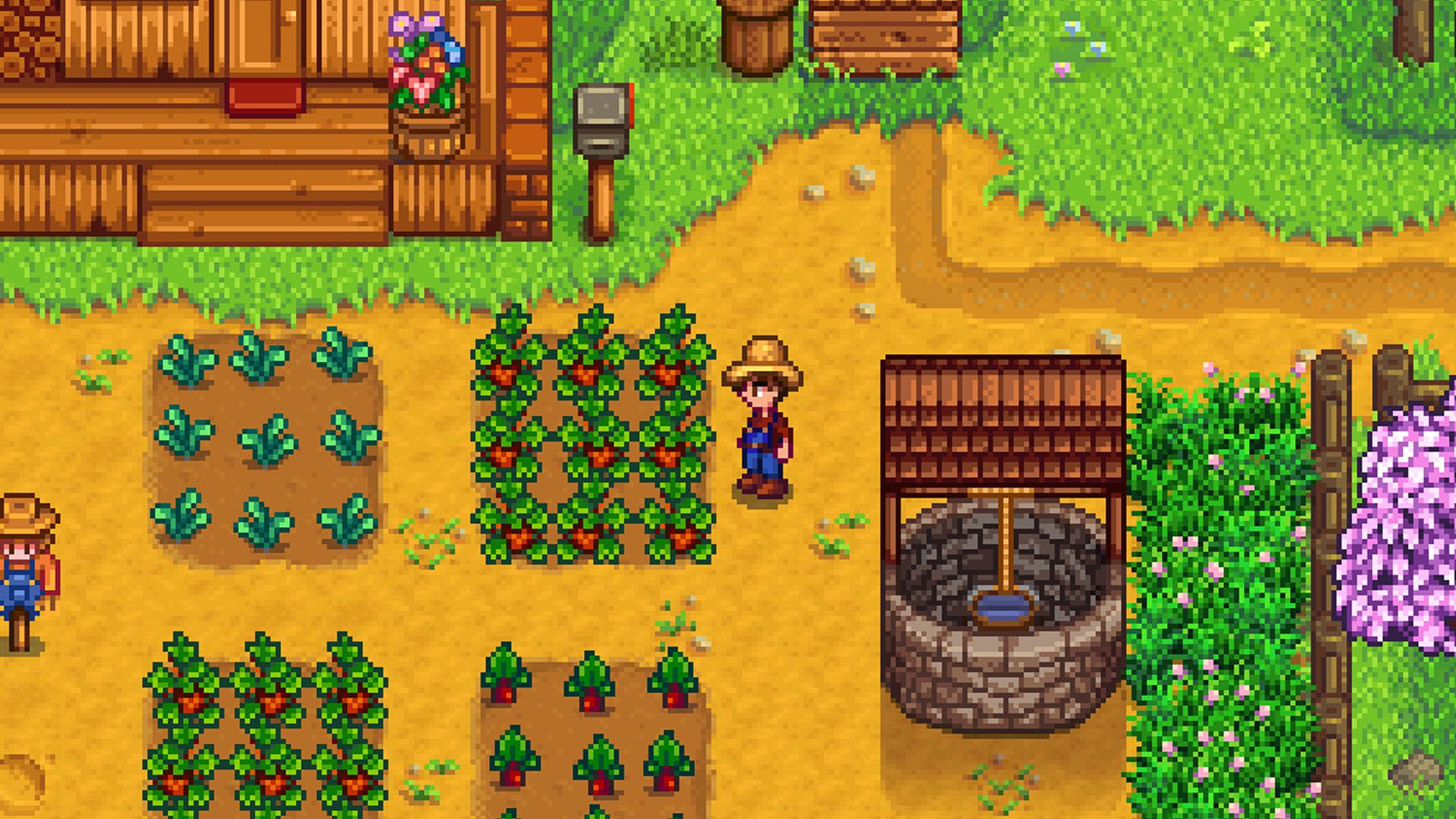
As a big fan of Stardew Valley, I’ve learned that putting in the effort during your first year really pays off later – you’ll have more freedom to enjoy the game! But “working hard” isn’t just about endless farming; it’s about paying attention to the details. Sure, plowing fields and getting quality seeds are important, but it’s the smaller, repeatable tasks that really make the experience special. Because these little things add up over time and are part of the journey, not the goal itself, it’s easy to accidentally overlook them. Trust me, it happens to the best of us!
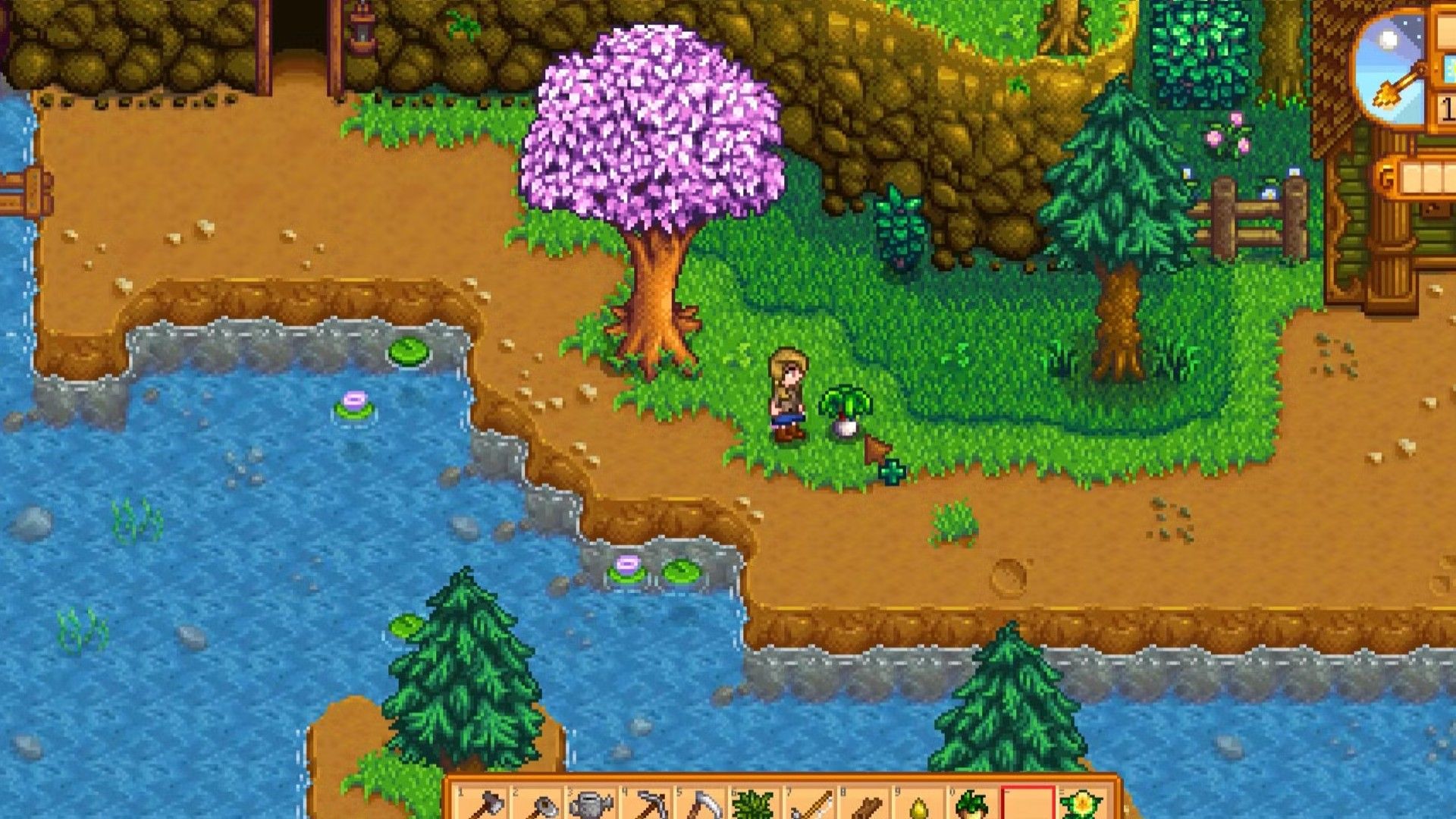
| Logistic | When to Focus on It | The Breakdown |
|---|---|---|
| Non-Farming Profits | Weekly | There are other ways to make money in Stardew Valley that don’t depend on your farmland. Mainly, foraging, fishing, and mining. Foraging is an activity you can do daily, as wild goods pop up around the farm and town on a daily basis. However, fishing and mining must be done with intention. My recommendation is to do one or the other in a given day during Spring—especially as you learn the rhythms of Stardew Valley as a beginner. This is because energy management can be challenging to master at first. Fishing can be done while you wait for crops to mature. Meanwhile, mining is perfect for rainy days when you don’t have to spend energy watering crops. Once you learn the ropes, you should be free to choose when to do what. |
| Tool Upgrades | Seasonally | Good Stardew Valley strategies are stackable. You will reap the benefits of consistently investing in your farms and streams of income by gradually improving and stacking systems on top of each other. However, you won’t get far without regular updates to your tools. Starter tools in Stardew Valley get the job done at first glance, but struggle even as early as Year 1 when a farm starts to scale. You may want to consider upgrading watering cans and hoes during the final days of the season, pickaxes after rainy days, and axes, scythes, and fishing rods whenever it is financially convenient. |
| Relationships & Friendships | Daily | You may be tempted to grind on your farm during the first few weeks in Stardew Valley, but there is a whole world out there waiting to meet your farmer—literally. It’s so easy, you can even meet all the Stardew Valley villagers in a single day. Relationships with villagers are so crucial to the Stardew experience. With a high enough friendship level, NPCs will send you goods every so often to make the farmer’s grind lighter. Additionally, romancing a Stardew Valley NPC can be a gift in disguise. A spouse can lend a helping hand, whether by cooking meals, repairing fences, watering crops, or feeding animals. You may not be able to say “hi” to everyone every day, but you should definitely make room for some social interaction. |
| Community Center Bundles | Situationally | If the JojaMart route seems too capitalistic for your taste, you’ll want to keep a close eye on the Community Center bundles. As the Community Center regains its former glory, players can reap the rewards of their selfless contributions. These perks are not frivolous. They can help anyone in a rough spot, such as providing a large quantity of seeds or game-changing equipment. My rule of thumb is to donate the first of anything new to the bundles. From fish to forage, it’s the best way to ensure progression in between the natural beats of exploration. |
The Unbeatable Strategy for Stardew Valley’s Year 1: A Seasonal Breakdown
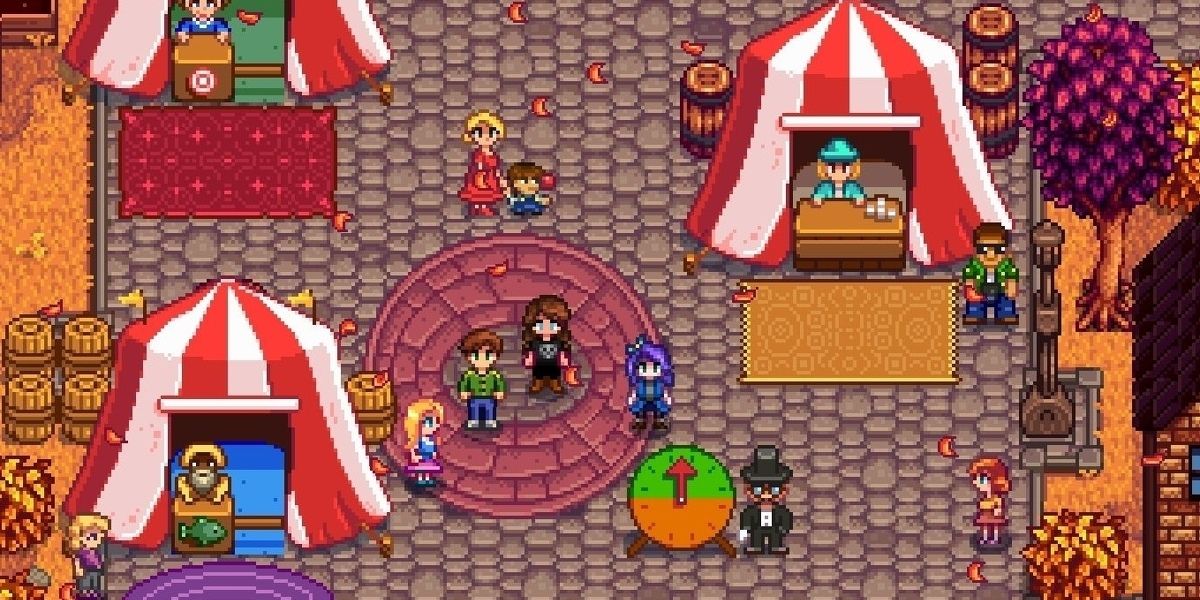
Spring
- Farm setup:
- Focus on Parsnips (for early cash flow), Potatoes (best ROI), and Cauliflower (for Community Center bundles and maximum profit).
- Plant at least 1 of each crop for bundles.
- If you are able to fertilize the soil, prioritize fertilizing the area where Parsnips grow. You can purchase Quality Fertilizer at Pierre’s General Store. Save 5 gold-star Parsnip yields for the Quality Crops bundle (needed for Community Center progression).
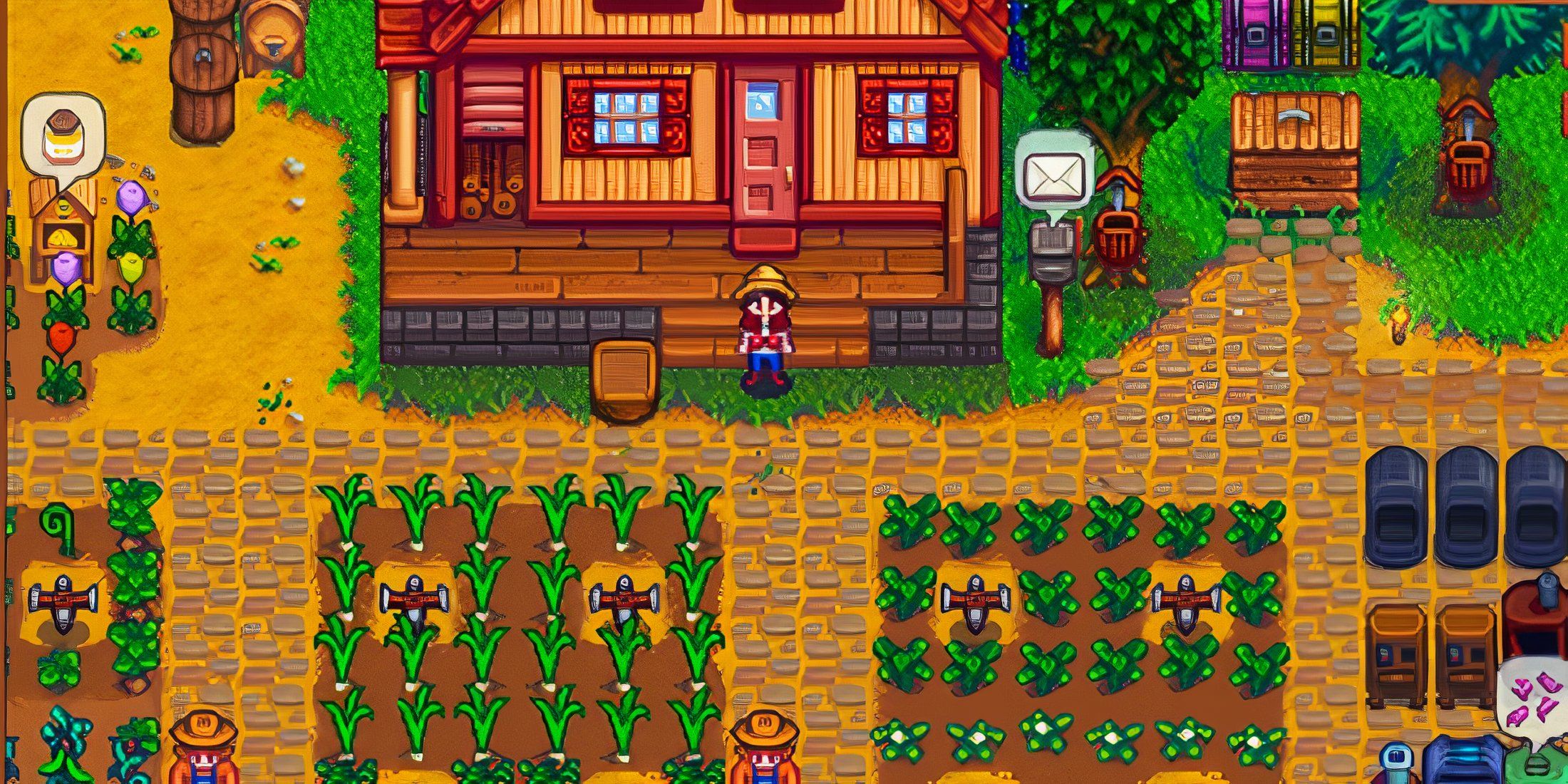
- Other Spring Action Items:
- Fish heavily during the early game. You will have limited cash flow during the early days, and fishing fills up some of the gaps. Rivers and oceans during the Spring offer several bundle fish.
- Get as deep into the mine as possible. Be careful not to pass out in the mines, because you will lose money and potentially items. Combat in Stardew Valley is brutal during Spring Year 1, so proceed with caution.
- While you may be tempted to sell crafting materials early on for a quick buck, hold onto them. Wood, stone, coal, fiber, and other materials will be crucial for upgrades, craftables, and buildings in the later seasons. Store them in a chest so you avoid hoarding.
- Make sure you’ve met everyone. If you’re committed to romancing a Stardew Valley NPC, pursue them as early as Spring. Learn their Loves, Likes, and make sure to speak to them every day. Whenever you can, gift them items.
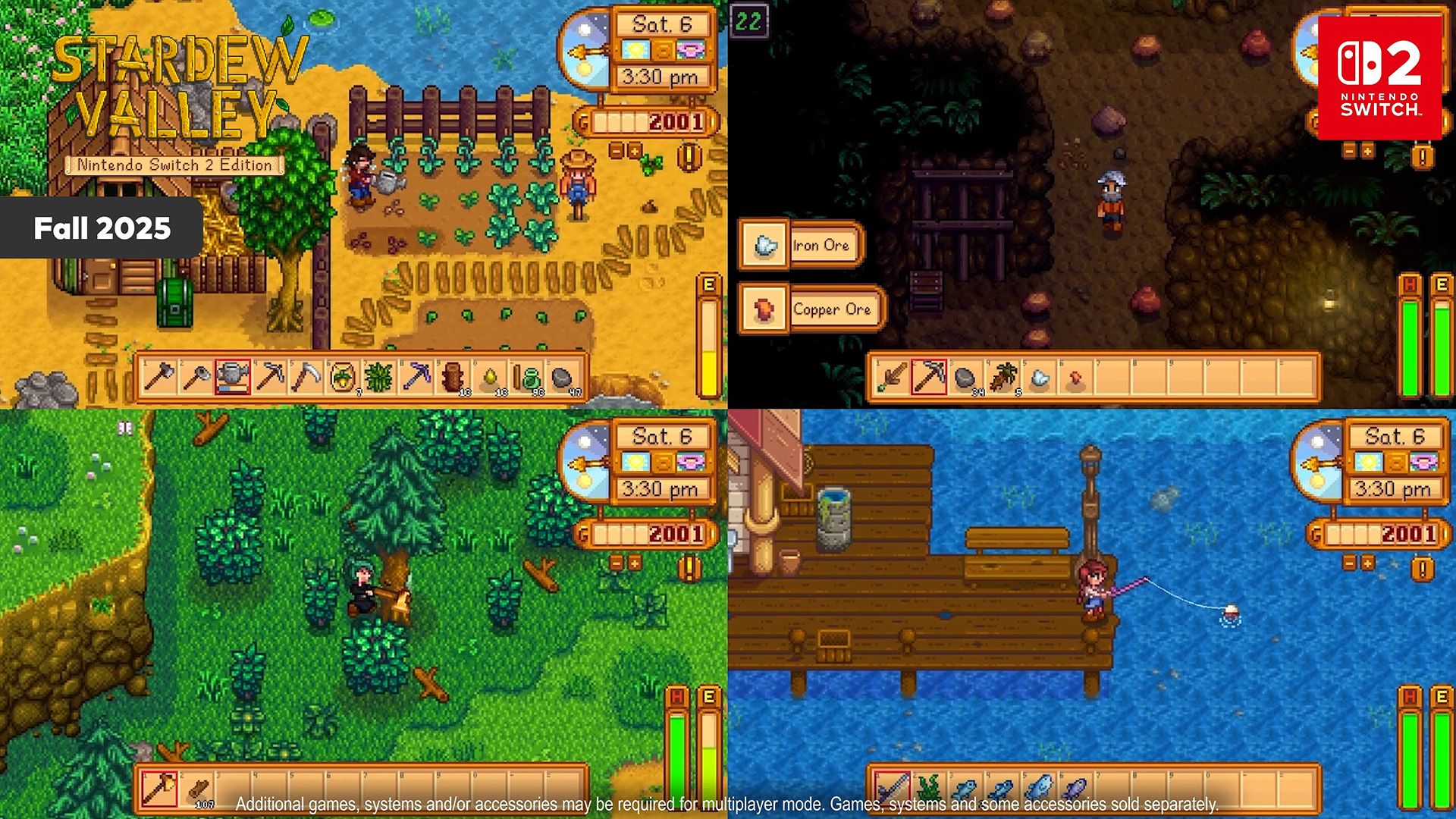
Summer
- Farming During the Summer:
- Blueberry plants are king for passive income because they continue to produce fruit after the first harvest. Plant many of them.
- Melons are part of the Quality Crops Community Center Bundle. Fertilize the soil, and save 5 gold-star Melons for donation. Take note of other summer crops needed for the Center: such as Hot Peppers, Tomatoes, Blueberries, and Radishes.
- Consider discussing your farm’s first building with Robin. You need to get access to cows and eggs for artisanal products; which sell for a high price.
- If you can splurge, plant a tree or two just in time for Fall.
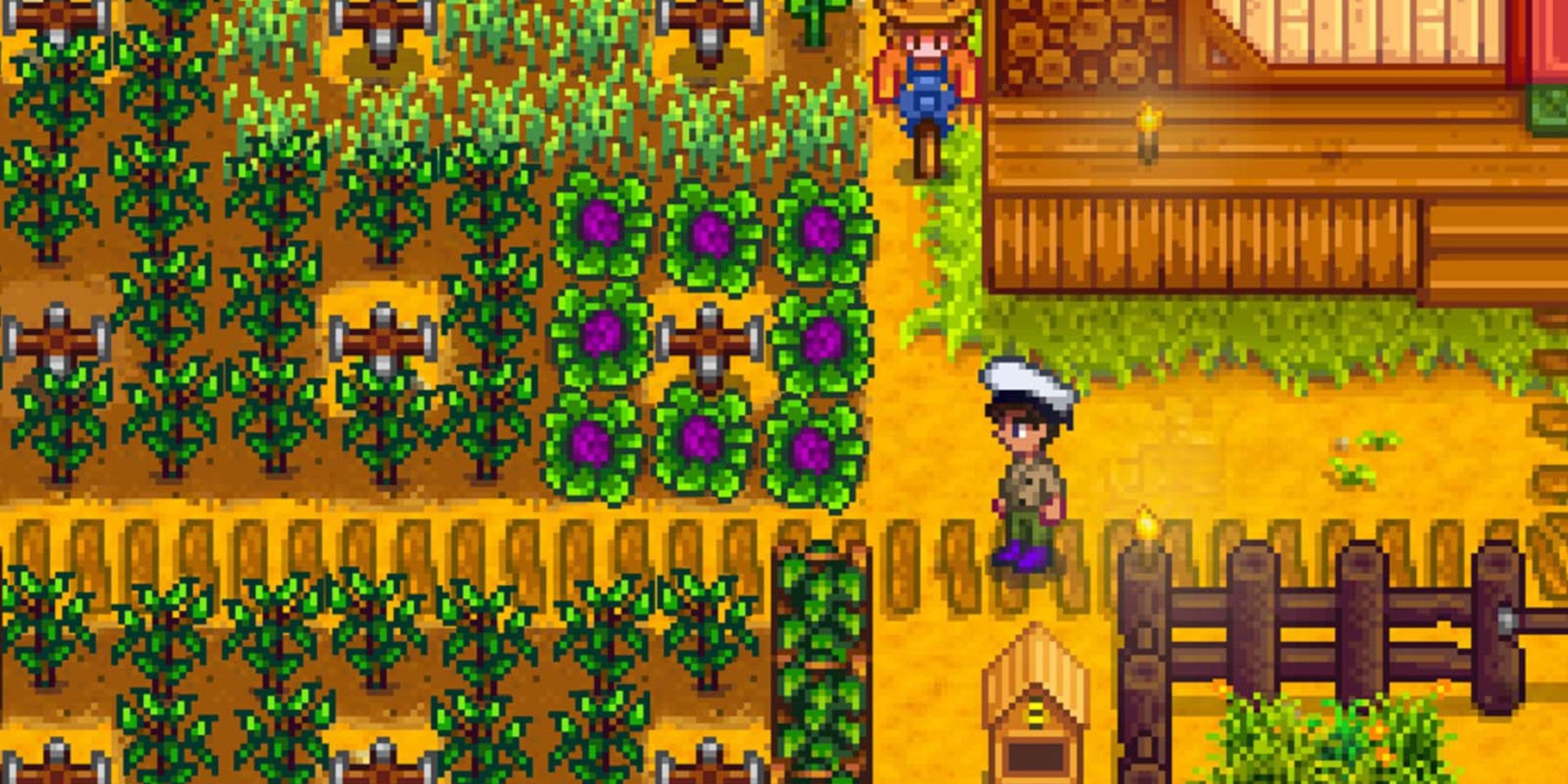
- Other Action Items:
- Inventory management has likely been a problem by now. Buy a Stardew Valley backpack upgrade as soon as possible. Summer may be the first time you have some disposable income, so this should be your first purchase.
- Start setting things down with intention on your farm. The perfect farm layout in Stardew Valley is one that is spread out optimally. That means that crops, buildings, decor, and other items should be within proximity of each other instead of on opposite corners of the farmland. I like to build grids for placement to keep my farm tidy, aesthetic, and efficient.
- Stockpile wood, coal, and iron for preserves jars and kegs. These will help you produce artisan goods in Stardew Valley.
- Every time possible, make some progress in the mines. Exploring five levels at a time should do the trick.
- Start crafting your first sprinklers. Sprinklers give you time back to invest in other activities.
Fall:
- Managing Fall Crops:
- Cranberries are the most profitable crop of the season. Plant as many as possible.
- Save 5 gold-star Pumpkins and Corn for the Quality Crops bundle at the Community Center.
- Save one Yam, one Corn, one Eggplant, and one Pumpkin for bundles.
- Consider expanding the tilled soil so you can plant the largest number of seeds that is manageable.
.jpg)
- Other Action Items:
- If possible, consider expanding coops and barns. This unlocks more animals in Stardew Valley.
- Stockpile sprinklers. During the Winter, you can perfect the placement.
- If you’ve locked in on romancing someone, it’s time to seal the deal. Fall is the last time to secure a Mermaid Pendant until Spring. Have a Fall wedding and reap the marital benefits.
- The Fall festivals in Stardew Valley are fan favorites for a reason. Do not miss out on them.
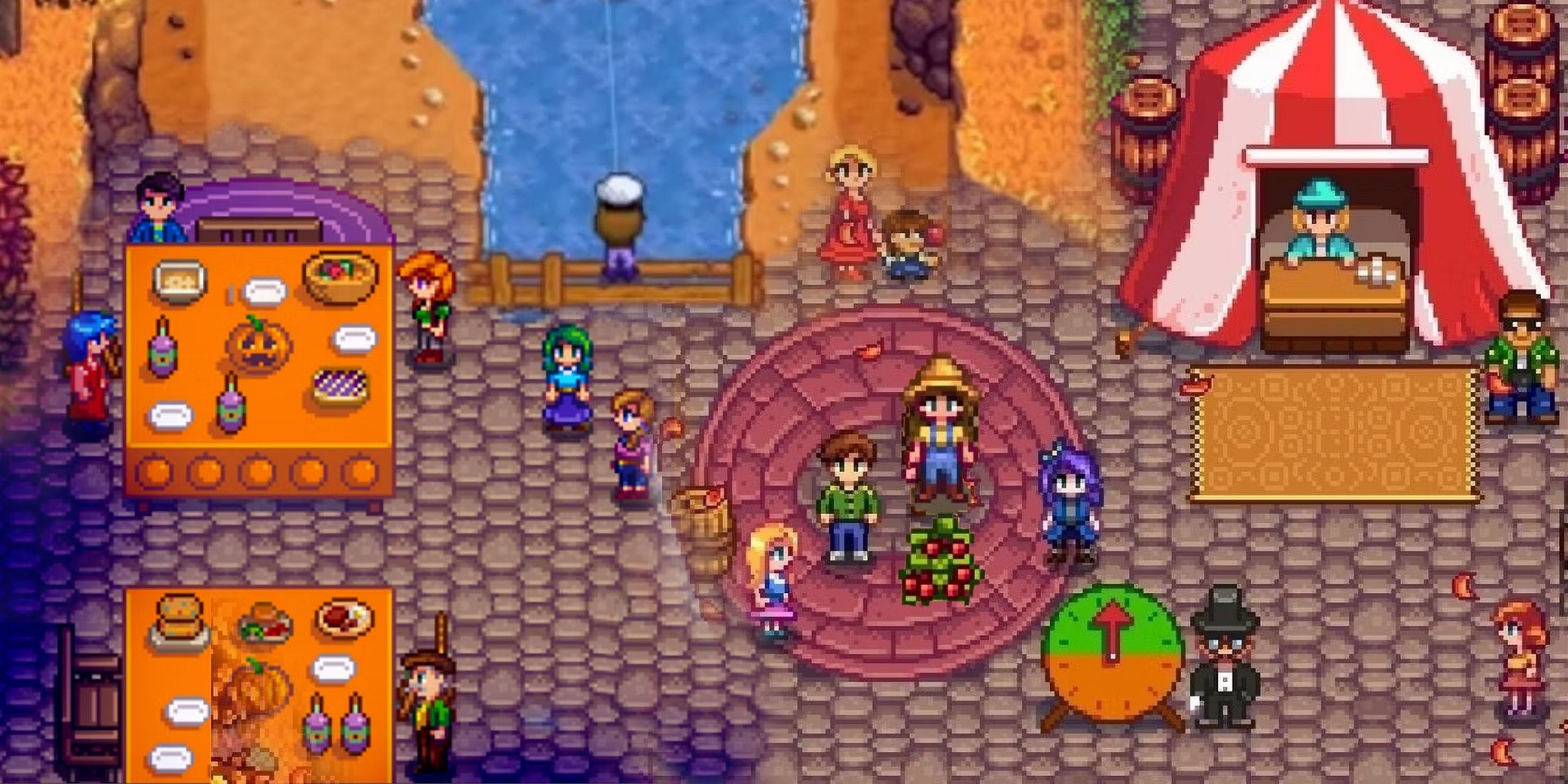
Winter
- Winter Farming — Non-Existent:
- Crops will be on hold during the Winter. If you’ve unlocked the greenhouse in Stardew Valley, now is the chance to plant absolutely anything to reap some financial benefits.
- This is the perfect time to perfect sprinkler placement. Without crops in the way, place sprinklers to minimize the amount of energy spent on watering.
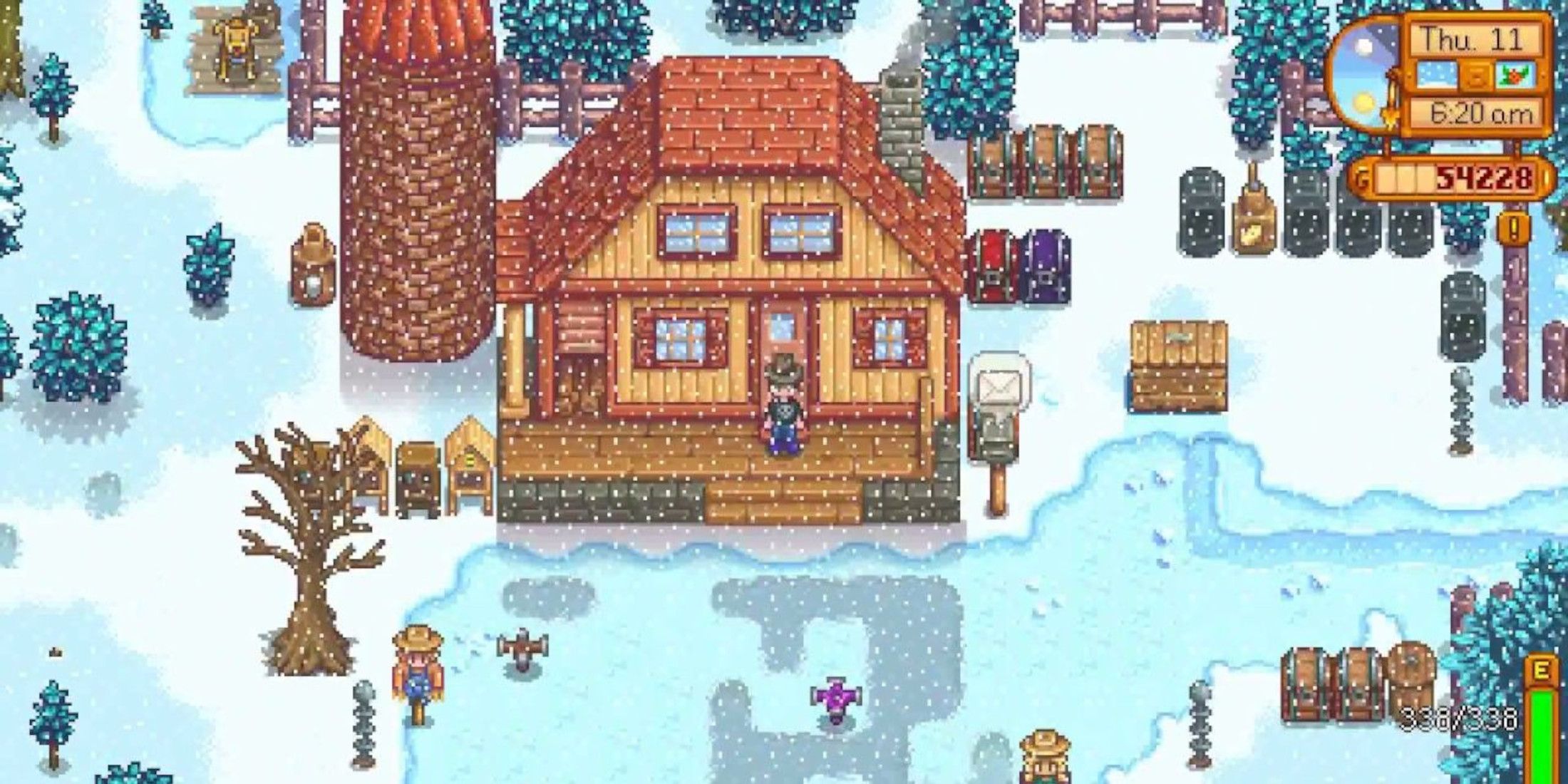
- Action Items:
- Winter is a big season to profit from other activities. Forage, mine, and fish.
- Catch Winter-exclusive fish and reap forage for bundles.
- Keep a close eye on what you’re missing from the Community Center. You should be able to unlock some major perks this season from your efforts earlier in the year.
- On that note, if you’ve unlocked the desert, buy as many Starfruit as possible. Stardew Valley‘s Starfruit is an expensive seed, but the return on investment is worth the cost.
- Befriend as many villagers as possible. You’ve called Pelican Town your home for a year, and it’s time to embrace your neighborhood.
Read More
- All Exploration Challenges & Rewards in Battlefield 6 Redsec
- Byler Confirmed? Mike and Will’s Relationship in Stranger Things Season 5
- Upload Labs: Beginner Tips & Tricks
- Best Job for Main Character in Octopath Traveler 0
- Grounded 2 Gets New Update for December 2025
- Top 8 UFC 5 Perks Every Fighter Should Use
- Battlefield 6: All Unit Challenges Guide (100% Complete Guide)
- Where to Find Prescription in Where Winds Meet (Raw Leaf Porridge Quest)
- 2026’s Anime Of The Year Is Set To Take Solo Leveling’s Crown
- Top 10 Cargo Ships in Star Citizen
2025-10-03 04:14